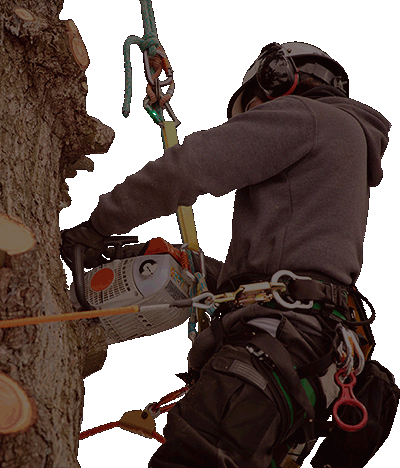
Did you know that bees pollinate 85 percent of the planet's flowering plants and 35 percent of the crops we eat? Without bees, our grocery stores would look shockingly sparse.
Bees are in trouble, though. Rates of dying bees have almost doubled.
That’s why more people are planting pollinator gardens. Wondering what the exact definition of a pollinator garden is? It’s simply a garden filled with plant species that spread pollen to help reinvigorate the pollinator population.
In celebration of National Pollinator Week 2016, create your very own pollinator garden! Bee sure to include some of the best Spartanburg trees for bees, listed below!
Trees for Bees Guide
Remember, the best time to plant trees is in either fall or spring.
1. Native Oak Trees
Pollinators simply love native plants and trees. During winter, this Spartanburg tree becomes a favorite. Native oaks provide shelter for more than 500 pollinator species, who often return for years to come.
2. Magnolia Trees
These bright, sweet-scented flowers attract loads of pollinators with their yummy pollen and nectar. While honeybees, insects and birds love magnolia trees, so do fruit flies, leafhoppers and more.
3. Tupelo Trees
The Tupelo’s colorful, fiery leaves dazzle in your fall landscape and attract bees. Bees especially love the pollen-packed flowers, which they eat to make their famous Tupelo Honey.
4. Yellow Poplar or Tulip Trees
Yes - these showy flowers look just like tulips! Pollinators flock to these dreamy blooms bursting with sweet nectar. When planting, remember these are big trees. Give them lots of room to grow.
5. Black Cherry Trees
One of the best treats for bees and caterpillars? This tree’s maroon-colored berries! Plus, the fruit looks fresh as can be hanging from your tree.






